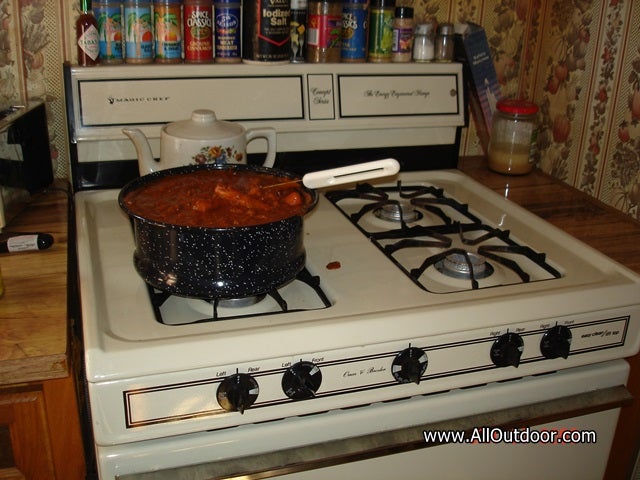Five Bug Out Location Considerations
Kevin Felts 03.27.17

There has been some kind of event, you and the family have permission to use a friend’s bug out location. You walk in, grab the flashlight, look around, and what do you see? Or rather, what would you expect to see?
On the flip side of the coin, what could you do to help friends’ and family who may use your cabin?
Prepping for a collapse of society (viral hemorrhagic fever, bird flu, nuclear war, etc) is a cooperative effort between friends and family members. We must not only consider ourselves, but also those we love and care about.
Instructions
A journal or notebook detailing how everything works. Think of this as an instruction manual for the bug out location. Let your friends and family know, “On the counter top as soon as you walk in there will be a book. It has everything you need to know.”
Describe how the water filter works, how the generator cranks, where the bedding is, where to find the matches, how to turn on the propane, how to light the stove pilot lights, how many pilot lights to light, and where the first aid kits are.
Maybe include contact phone numbers, names of neighbors, and names of people who may drop by to check on the place.
Bug Out Location Water Filter
First thing the visitors may want to do is get the water filter going. I use a Royal Berkey with four filters. Each filter has a rating of around 3,000 gallons. Four filters would produce an estimated 12,000 gallons of safe drinking water, depending on the quality of water source.
The water is pulled through the filters by gravity. Pour water into the top reservoir. It then seeps through the filters and into the bottom. After a few hours the bottom reservoir has safe drinking water that is dispensed through a spigot.
The Royal Berkey is made from stainless steel so rodents can not chew into it. This brings us to our next topic.
Metal Storage
For a remote cabin that may be used as a bug out location, the only good way to store stuff like bedding is in a metal storage box.
Why a metal box? Rodents.
Rats and mice have been with humanity for thousands of years. They will seek shelter in cabins and will tear up blankets, pillows, or clothing. You can set out all the traps and poison you want, but that will only delay them.
Food items such as freeze dried meals and MREs should also be kept in metal boxes.
Propane stove
The water filter is doing its job, supplies are being pulled out of the metal storage boxes, what’s next?
Because propane does not have a shelf life it is a must have for any rural bug out location.
Power outages are a fact or life in rural America. Because of this, a lot of people have a 150 or 250 gallon propane tank behind their house. They use propane for their stove, space heater, and hot water heater. When the power goes out, at least with propane we can cook and heat our homes.
Once the propane is turned on, we are ready to cook a nice hot meal.
Freeze Dried Food
Mountain House freeze dried food in #10 cans have an estimated shelf life of around 25 years and pouches are estimated at 30 years.
Read the directions on the side of the pouch or can, bring the recommended amount of water to boil, (I like to add a little more water than recommended), add the freeze dried food to a bowl, add the hot water, stir, and in a few minutes you will have a good hot meal.
Bed Time
After everyone has been fed it will probably be time for bed.
Tomorrow will be a full day.
